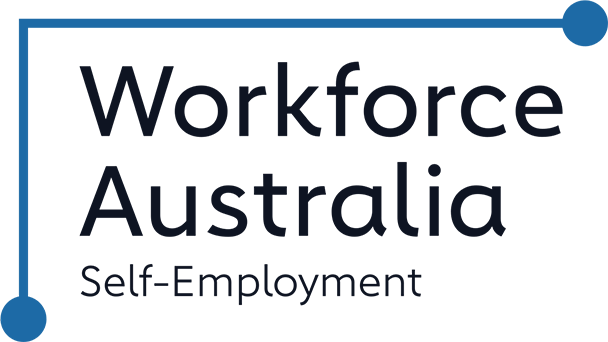Reducing Transaction Fees for SMEs through Least Cost Routing
December 8, 2023
Managing costs is crucial for business sustainability and profitability. Small and medium enterprises (SMEs) can pay tens of thousands of dollars per year to payment giants like Visa and Mastercard in processing fees. According to the Reserve Bank, Visa and Mastercard charge approximately between 0.5% – 1% per debit card transaction, whereas EFTPOS charges less than 0.5%. By default, banks will automatically route transactions through expensive payment networks such as Visa and Mastercard, however if transaction fees are eating into your profits, there is a potential solution worth considering – Least Cost Routing (LCR).
What is Least Cost Routing?
A Reserve Bank study reported that 76% of Australian transactions are made with cards, and more than 35 million of these cards are contactless-enabled dual network cards. These cards can process transactions via eftpos or international payment schemes such as Visa and Mastercard.
Least Cost Routing (LCR) serves as an optional feature on merchant facilities that can help you reduce transaction fees. This lets you choose which network payments are sent through for Multi-Network Debit Cards (MNDC), allowing you to opt for the most cost-effective option for your business. LCR ensures that eligible contactless eftpos and online MNDC payments route through the eftpos network, potentially reducing the fees you pay as a merchant for these transactions.
How does it work?
When a customer makes a payment with a debit card, multiple routing options are available to route that payment over. If you do nothing, the transaction will go through the card’s default network, which is usually Visa or Mastercard. LCR empowers you to choose the network or a combination that best suits your business needs. You have the flexibility to:
- Process all eligible debit transactions via the default Mastercard/Visa network (if LCR remains inactive)
- Route all debit transactions through the eftpos network
- Set a threshold (for eftpos terminals only) to route eligible debit transactions based on value
LCR presents a choice. Directing MNDC transactions through the eftpos network may reduce your merchant fees, but it depends on your current fee structure and pricing.
How do I know if LCR is right for me?
LCR offers increased flexibility and choice in processing contactless MNDC transactions, potentially unearthing the most cost-effective approach. Each business is unique, with potential savings dependent on card mix, transaction volumes, and turnover.
For example, if your business’ average transactions were over $30, and your fee for a Visa or Mastercard debit transaction was 2% and the eftpos transaction had a flat fee of $0.25, LCR may be the best option. This would be because the 2% fee on a $30 purchase would cost your business $0.60, and routing that transaction through eftpos instead would save you $0.35 per transaction.
However, if your business’ average transaction was under $10, LCR might not be the best option. This is because 2% of $10 is $0.20, which means routing through eftpos would cost your business an additional $0.05 per transaction.
If your business is looking for ways to cut back on costs, looking at whether Least Cost Routing is right for you can be a quick win. If you decide to implement LCR in your business, contact your bank to discuss opting in.
Acknowledgement Of Country
Business Foundations acknowledges the traditional custodians throughout Western Australia and their continuing connection to the land, waters and community. We pay our respects to all members of the Aboriginal communities and their cultures; and to Elders both past and present.
Victoria
The Commons
80 Market Street,
South Melbourne VIC 3205
admin@businessfoundations.com.au
Western Australia
Wesley Central
2 Cantonment Street,
Fremantle WA 6160
admin@businessfoundations.com.au


Get In Touch
Have a question or to find out how we can help you, please get in touch.






